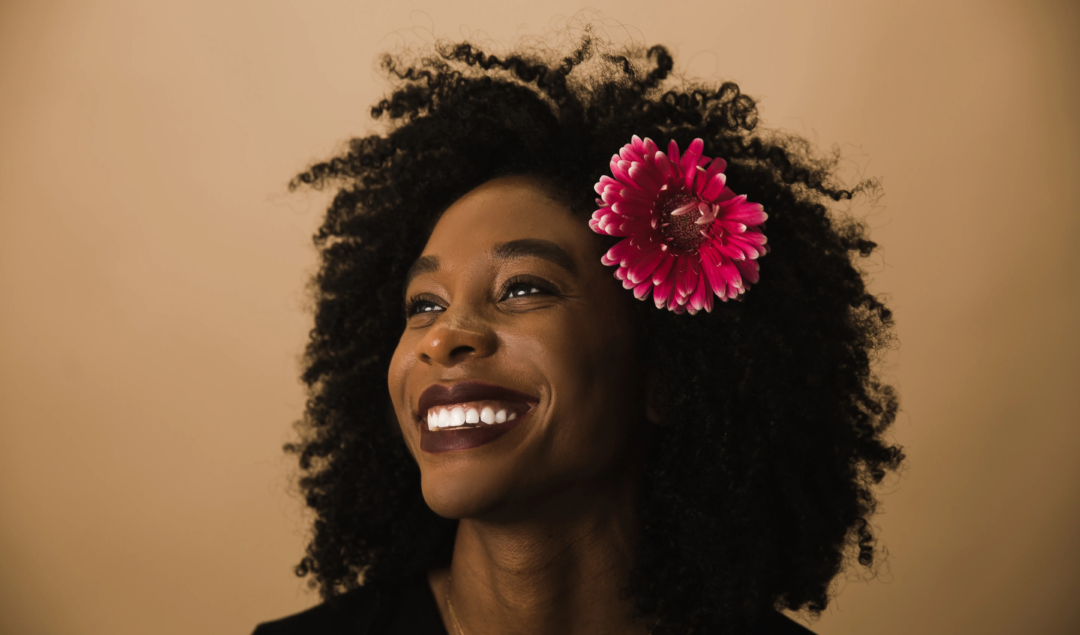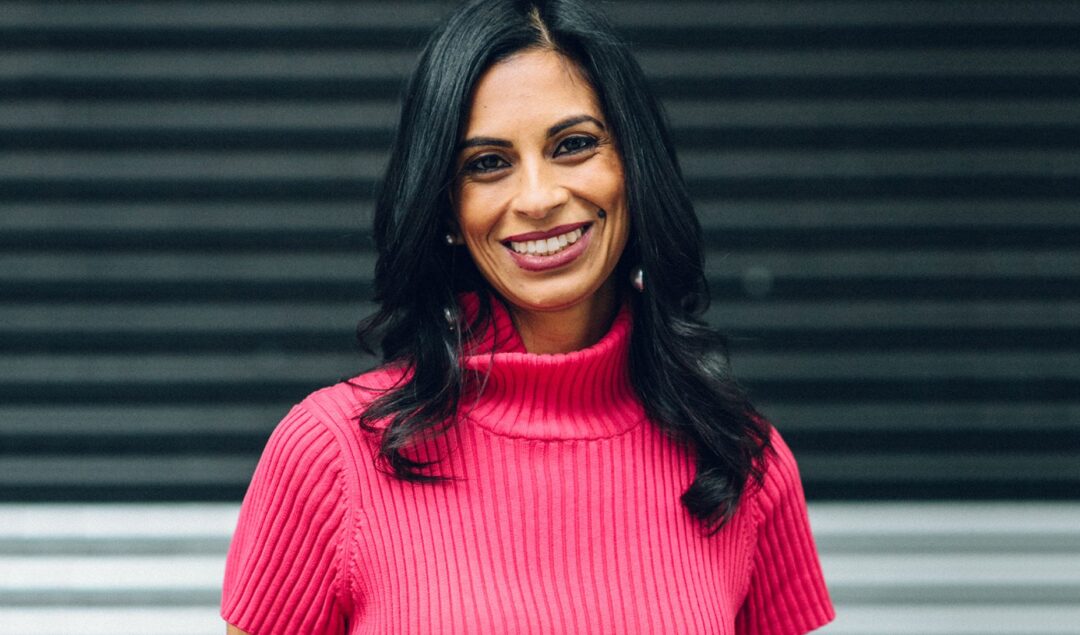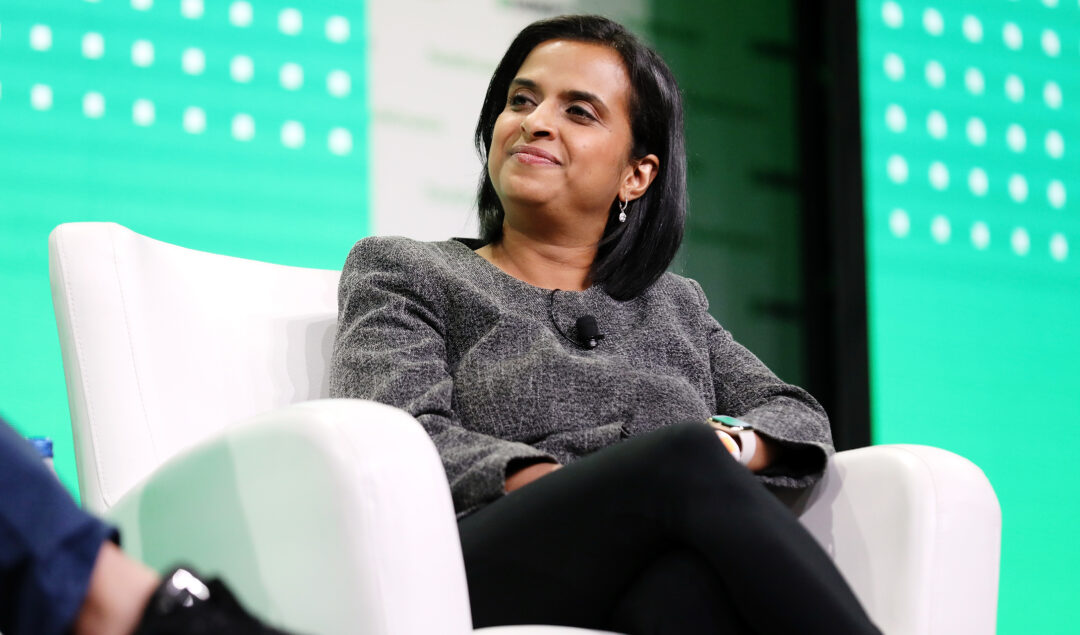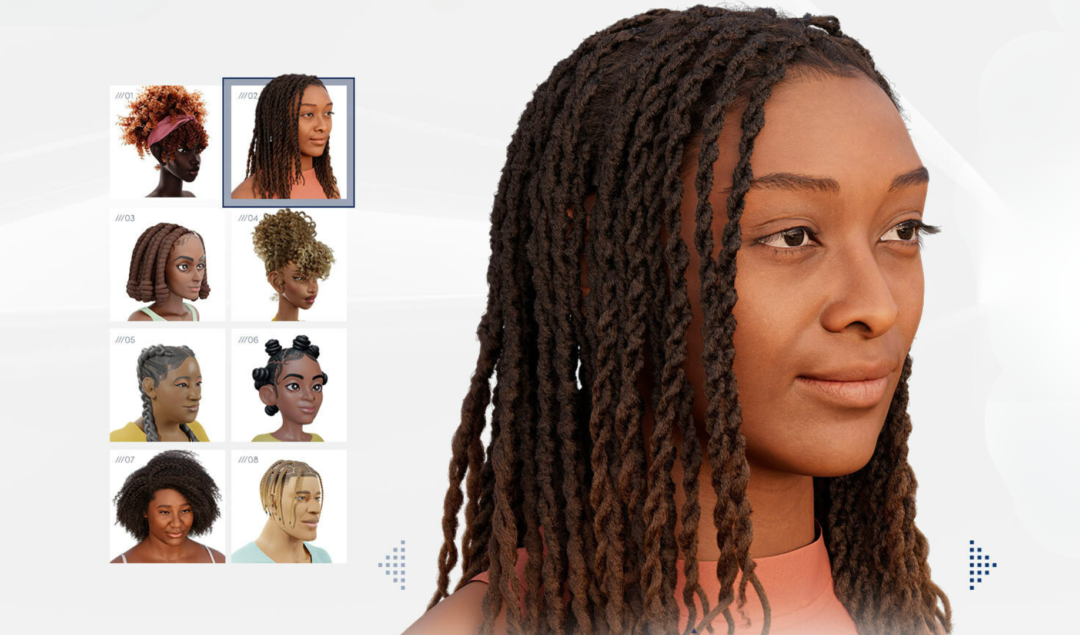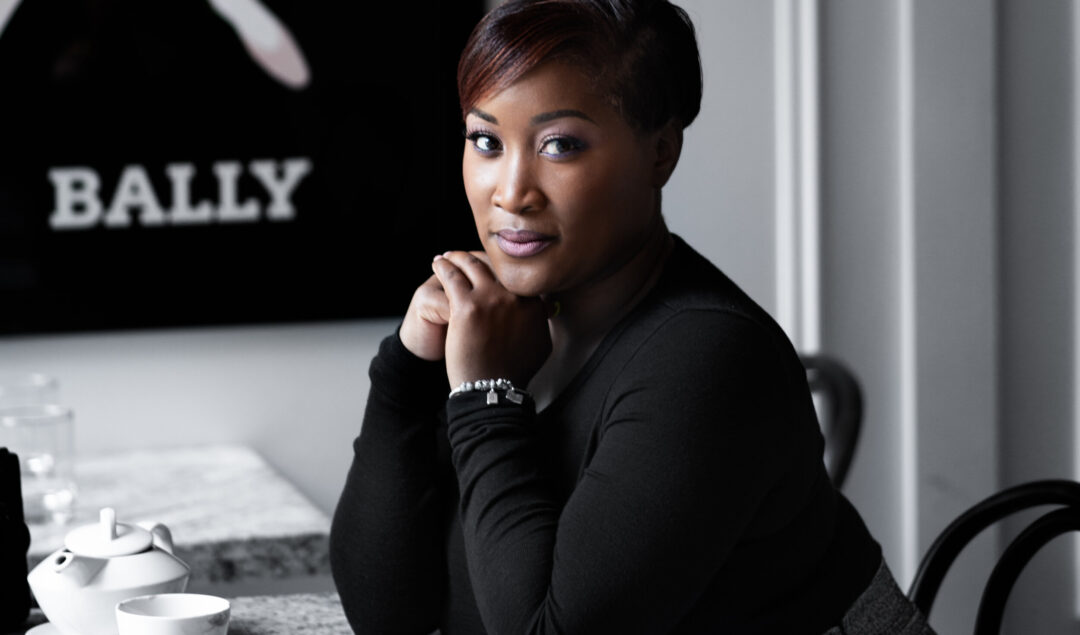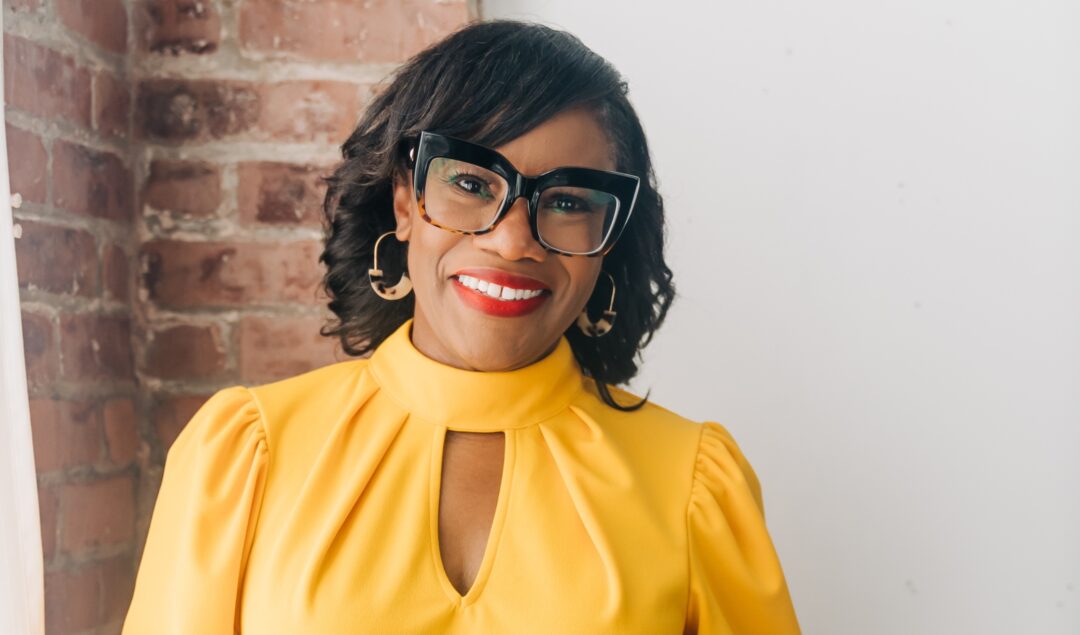Black women remain the fastest-growing group of entrepreneurs, more than doubling in number since August 2019, according to a new report by GoDaddy Venture Forward. GoDaddy Venture Forward is a research initiative that quantifies the impact of over 20 million microbusinesses on their local economies and provides a unique view into these entrepreneurs’ attitudes, demographics, and needs. In August 2023, Venture Forward completed its 10th national survey with responses from over 6,000 small business owners across the US and UK. Black microbusiness ownership Most of the businesses surveyed were microbusinesses,
Black women in teams with a more significant number of white peers may have worse job outcomes, a new study has found. Elizabeth Linos, the Emma Bloomberg Associate Professor for Public Policy and Management, along with colleagues Sanaz Mobasseri from Boston University and Nina Roussille from MIT, conducted the study. Underrepresentation of People of Color In Leadership According to the study, the underrepresentation of people of color in high-wage jobs, especially leadership positions, still needs to be solved. To better understand and reduce racial inequalities, researchers have often focused on
As Black Friday approaches, consumers prepare for the year’s busiest shopping day. As Black-owned businesses gain recognition for innovation and creativity, we have compiled a list of Black-owned Amazon alternatives for your holiday shopping this year. HellaBlack HellaBlack began in 2019, founded by computer scientist Love-Leigh Trimiew and her cousins Layla Nielsen and Natalie Robinson. Together, they created a shopping experience connecting brands to a broader audience, becoming a site that encourages Black businesses to tell their stories. HellaBlack is committed to providing a best-in-class e-commerce experience with the most
Female Founders Fund has filed with the US Securities and Exchange Commission (SEC) to raise $75 million for its fourth fund. Female Founders Fund Female Founders Fund was created in 2014, becoming the leading source of institutional capital for female, women of color, and LGBTQ+ founders, raising seed capital with over $3 billion in enterprise value. Anu Duggal, founding partner of the fund, has been praised for her impact in diversifying venture capital over the last decade. A serial entrepreneur, Duggal began her tech career as a co-founder of Exclusively.In,
Anu Hariharan, who led Y Combinator (YC) Continuity, has partnered with two former colleagues and former Brex executive Lucas Fox to launch a new fund, Avra. Helping founders scale their companies YC Continuity was an investment fund supporting founders as they scaled their companies. But this year, it scaled back growth stage investment and cut nearly 20% of its staff before being discontinued. According to TechCrunch, Hariharan finalized plans for launching Avra two months after YC shut the Continuity fund. She draws on her years of experience supporting founders as
Dove has launched the world’s first and complete guide for coding natural hair in video games with Code My Crown. The guide was created by Black artists in partnership with the Open Source Afro Hair Library. Black Hair In Video Games Despite all the technological advancements in video games, depicting natural hair and protective styles is still limited, highly stereotypical, and not representative. According to Dove, 85% of Black gamers believe video games poorly represent textured hair. Data also shows that 91% of Black gamers are eager to see themselves
Tech Spark AI has raised $1.4 million to create a new generative AI platform, Spark Plug, which aims to create a more inclusive, personalized educational experience for students. The pre-seed funding round was led by TD Bank, with participation from Salesforce, Canada’s government, and NBA Canada. An educational ChatGPT alternative Tamar Huggins and her 13-year-old daughter Talia Grant founded the AI company eight years ago to improve the education experience of Black and brown students across North America. Tech Spark is Canada’s first tech and design school committed to empowering
Native Americans are using technology to revitalize their communities’ threatened languages through online dictionaries. As part of a project by the Language Conservancy, Native American women are working with Rapid Word Collection (RWC) software to revive, remember, and record dozens of Apache language words related to everyday living. Disappearing Languages There are approximately 150 Native North American languages spoken in the United States today by more than 350,000 people. However, the majority of Native Americans today speak only English. This is due to a number of reasons, including the federal
Online dating and networking app Bumble has announced it is replacing founder and CEO Whitney Wolfe Herd with Slack’s CEO, Lidiane Jones. Bumble was designed for women to make the first move, aiming to shift old-fashioned power dynamics and encourage equality in dating. Over the years, the company has also taken a more feminist and safety-oriented stance than its counterparts by enacting policies that crack down on ghosting and the sharing of unwanted sexual photos. Meet Lidiane Jones São Paulo-born Jones grew up in a small neighborhood in Brazil. According to
A Black birthing review app, Irth, is making its way into hospitals to improve Black families’ experiences. The Irth App Irth is a mobile app that collects and shares healthcare reviews from parents of color. The name comes from the word birth, with the ‘b’ dropped for bias. The app helps Black and brown women and birthing people have a safer and more empowered pregnancy experience by allowing users to see how other parents of color experience care from a doctor or at a hospital. The app enables Black birthing



